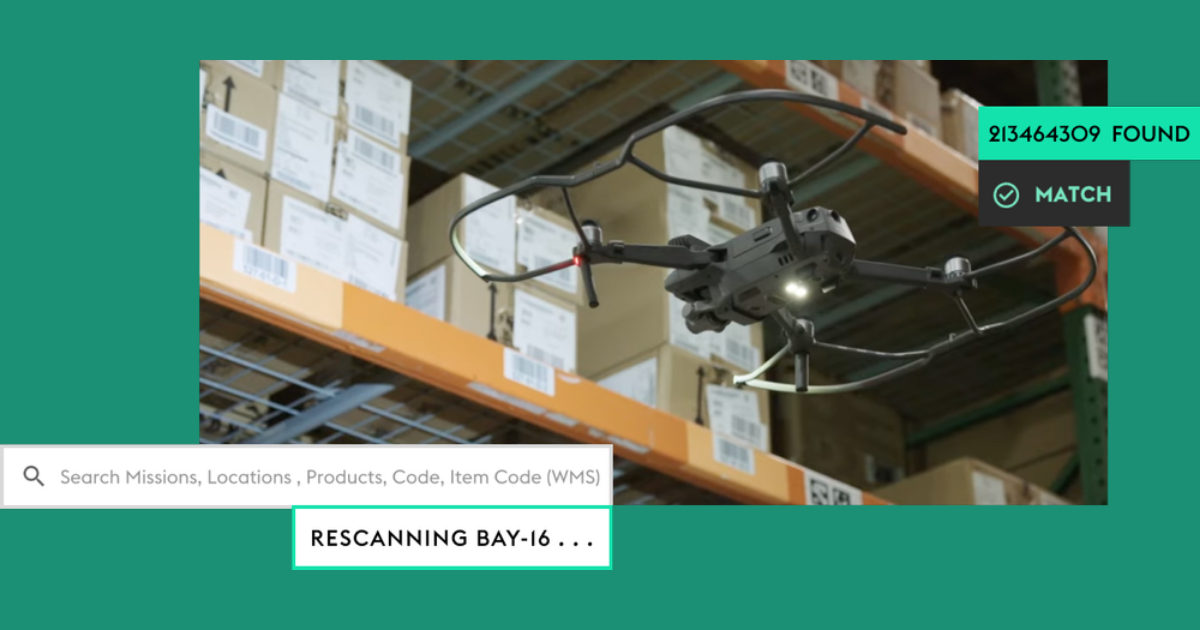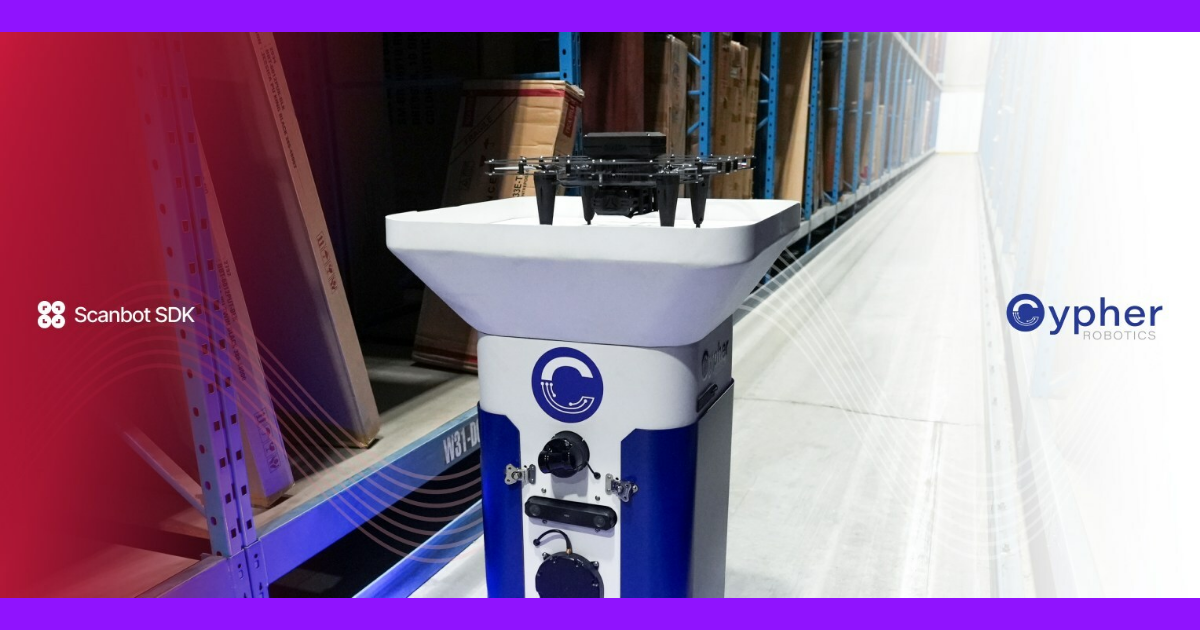
IoT continues to generate lots of buzz and seeing adoption across a number of industries. The conversation around IoT has largely centered on the devices – neat gadgets such as smart TVs, refrigerators, cars, wearables, etc. But for enterprises, the ultimate value of IoT is not simply in the devices but also in the streaming data they produce. To truly unlock the value of IoT, you need to tame that data.
IoT technology is increasingly becoming a mission-critical tool for many enterprises. Car makers use IoT to develop autonomous vehicles, which will eventually make up a multi-trillion dollar industry. But these devices together produce massive amounts of data that, if not properly managed and monitored, can cause IoT applications to crash and lead to potentially fatal errors.
Consider an autonomous vehicle full of IoT devices and interconnected technology. If one of these devices were to fail (such as a radar sensor), the vehicle could crash, potentially causing injuries and deaths. To combat this, car makers are employing a method called anomaly detection. Anomaly detection analyzes massive amounts of IoT data in real time to look for any outlier activity. This method alerts drivers when an IoT component begins exhibiting unusual behavior, allowing them to take it into a shop to fix or replace the device before it crashes. This allows car makers to guarantee safety and accelerate adoption of autonomous vehicles.
Another good use case comes in the manufacturing industry, where Industrial IoT (IIoT) is gaining traction. Here, IIoT is employed to automate a wide range of processes and machinery. This includes any number of things you’d expect to find along an assembly line, such as conveyor belts, overhead cranes and forklifts. In an IIoT setting, this machinery produces large amounts of sensor data. Like in the autonomous vehicle example above, the use of anomaly detection can determine when one of these machines is malfunctioning, allowing the organization to act quickly to repair or replace it. Moreover, the data can be used to perform predictive maintenance, in which the organization detects certain patterns that show when machinery may need to be repaired or replaced before it actually malfunctions.
In either of these examples, the IoT technology only delivers its full value when the data is properly captured and processed. This technology produces enormous quantities of streaming data. Too many enterprises jump into IoT without even developing a plan on how they’ll handle the huge volumes of data they’ll incur – which requires consideration for how quickly their analytics engines can derive conclusions from the data, how much network bandwidth they need to handle quantum leaps of data expeditiously, and even how and where they can store that data for post-analysis. As a result, their IoT deployments suffer bugs and perform poorly. The organizations may blame the hardware, but the blame lies in their failure to correctly process data.
Of course, IoT data is not easy to gather, store and analyze. It comes at high velocity, in massive volumes and in different formats. And all these variables change depending on the device and use case. To go back to the examples above, a device monitoring a patient’s heartbeat will generate tons of data constantly which needs to be processed in real time. , Furthermore, the systems used to grab and analyze this data are extremely complex. These include a stream store for collecting data, such as Kafka or HBase, and a processing component for dissecting the data, such as Spark of Flink. The store component must coordinate effectively with the processing component in a delicate choreography to make it all work. Too often these systems suffer from poor data partitioning, sending incoming data to the wrong places of the stream store, resource contention problems, resulting in bottlenecks or mismatched configurations, causing crashes and errors.
To try to find out what went wrong in these scenarios, the only option is to comb through huge quantities of raw system and application logs and try to makes sense of it. This typically takes PhD-level experience to do, and even then it’s time consuming and inefficient. To really make sense of IoT data, you need a automated big data application management software that will quickly pinpoint which part of an IoT app isn’t working properly and even provide suggestions on how to fix those errors.
Over the past twenty years, every company has essentially become a technology company – if they didn’t embrace tech, they had no hope of competing in a modern economy. Similarly, these days, every company is on its way to becoming a data company. Enterprises that allow data to accrue without actually mining it are missing out on key insights and jeopardizing a variety of deployments they may have invested heavily in, including IoT.
Edited by
Ken Briodagh





